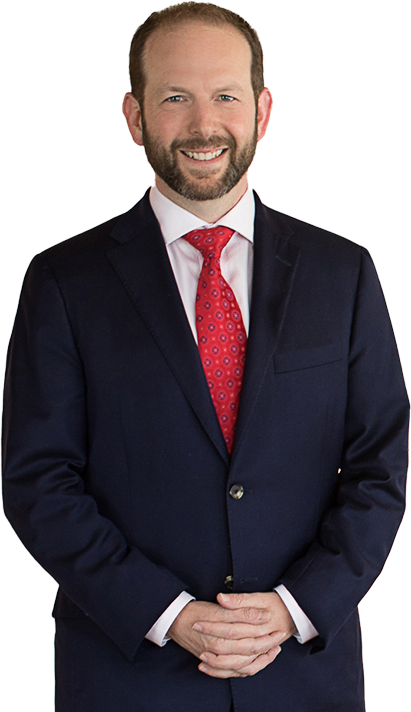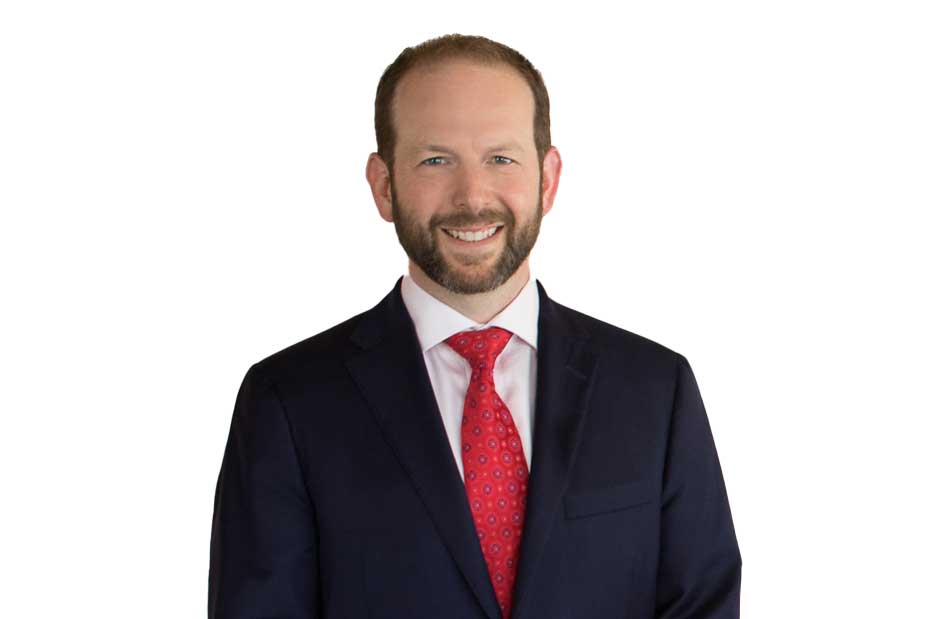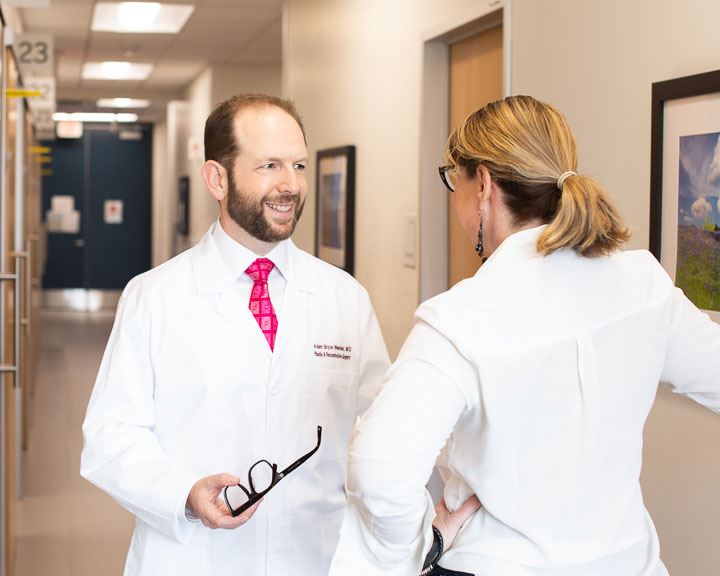

Safety
Patient safety is a major priority. Safety stems from education. Dr. Weinfeld attends several educational conferences a year in order to stay current with the procedures he performs. He is also a routine participant in the Seton Medical Center Breast Conference. These conferences are focused on maximizing results while adhering to the strictest safety standards.
The list below contains some of the safety initiatives Dr. Weinfeld and his staff adhere to in order to create the safest possible environment for his patients.

Implant-Based Breast Reconstruction Infection Reduction
One of the biggest complications that can occur in implant-based breast reconstruction is infection. Dr. Weinfeld engages in a protocol designed to reduce infection rates below the national average. This protocol relies on multiple antibiotic washes, betadine washes when needed, glove changes, Keller Funnel® use, and extended drain tracts.
Deep Venous Thrombosis (DVT)
DVT is the formation of blood clots in the large veins of the legs. These clots can be very dangerous if they break free and lodge in the blood vessels of the lungs. The key to safety is prevention using mechanical squeezing devices on the legs and low doses of blood-thinning medications, when indicated.
Dr. Weinfeld’s operating room team follows a protocol where the sequential compression devices (SCDs/squeezing devices) are placed and operational prior to the induction of anesthesia. This timing is important, as it makes the devices more effective.
Long surgeries on the body and abdominal procedures such as tummy tucks and DIEP flaps carry a higher risk of DVT. Dr. Weinfeld prescribes low doses of blood-thinning medications when patients are undergoing these higher-risk procedures.
Narcotic Reduction Protocol
Pain management is important to make a patient feel comfortable during recovery from surgery. In the past, pain strategies over-relied on narcotics (opioids). This is problematic for two reasons. First, opioids by themselves are not a very effective pain reduction medication. Second, narcotic use can lead to long-term opioid dependence. Older narcotic protocols have a 1 in 20 risk for leading to some form of opioid addiction.
Thus, Dr. Weinfeld created his Narcotic Reduction Protocol to treat pain using a multi-modal approach. This approach combines several non-narcotic medications with far fewer narcotic doses in order to reduce the overall exposure to opioids while treating pain better than older narcotic-only strategies.
Distraction-Free Surgery
Dr. Weinfeld strives to create a distraction-free environment for his surgeries. He believes this allows him to operate more efficiently and safely. It also improves the performance of those who help care for the patient in the operating room, such as the anesthesia team, circulating nurses, and surgical technologists. Dr. Weinfeld limits conversations on topics extraneous to the surgical task at hand and very rarely listens to music. Staff and other surgeons may find this boring and unnecessary. Nonetheless, Dr. Weinfeld has found distraction-free surgery essential in constantly delivering predictable, quality results with the highest safety standards possible. Distraction-free surgery enables Dr. Weinfeld to maintain complete focus on the patient, leaving nothing to chance. Dr. Weinfeld does participate in recording for social media use with patients’ permission. He has found this to not be a distraction, as this activity is done with education in mind and often enhances the team’s focus.

Coronavirus/COVID-19
This novel coronavirus and the illness it causes have created the greatest health care challenges of our times. Generally, the virus causes the most problems for older people and those with underlying conditions. However, COVID-19 can cause significant illness for healthy individuals as well, including those undergoing elective, medically indicated, and cosmetic surgery.
Dr. Weinfeld’s team continually monitors recommendations from the Center for Disease Control (CDC), local, state, and federal governmental bodies, as well as relevant medical and surgical professional societies. Protocols for patient visits, surgical preparation, surgery, and post-operative care are updated frequently to provide a safe environment for patients and staff. Patient visits are scheduled to make social distancing easy. Dr. Weinfeld is fortunate to be associated with an institution with considerable resources and a large office that can accommodate social distancing. Rooms and equipment are thoroughly sanitized in between patient visits. The team has also transitioned a portion of its visits to a virtual platform, which not only increases coronavirus safety but also improves patient convenience and experience.
Get In Touch
Patients respond to Dr. Weinfeld's expertise and caring patient focused approach. If you have any questions about a procedure or are ready to schedule a consultation, please call or fill out the form below.
Office
Phone: 512-559-1376
Office & Surgery Center
Phone: 512-559-1376
This facility is only for cosmetic and non-insurance based procedures. If you seek insurance based treatments or reconstructive procedures, please search for Dr. Weinfeld in his other facility.
*Please verify the location of your appointment.
Connect with us
